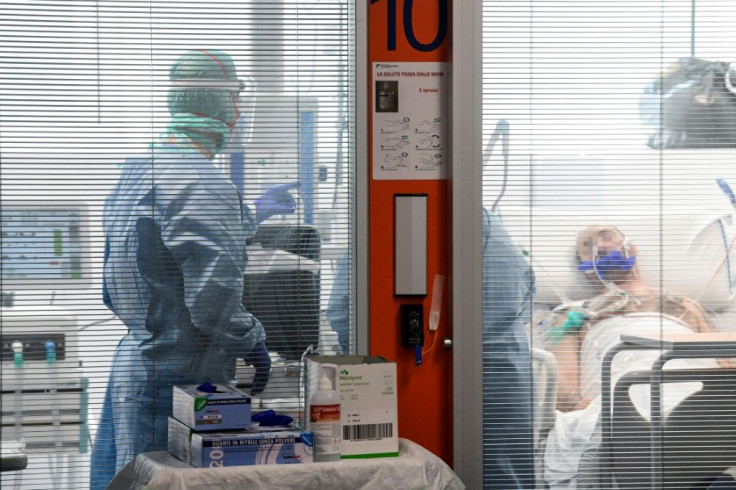Coronavirus Rare Complication: Female Airline Worker's Brain MRI Revealed Rare Parainfectious Encephalopathy
By far, pneumonia and other accompanying symptoms, including fever, cough, and shortness of breath, has been concerned with COVID-19. But, in a new case, brain images have revealed that the deadly novel coronavirus might also have neurological impacts.
Experts have reported the first presumptive case of COVID-19 associated acute necrotizing hemorrhagic encephalopathy, which is a rare para-infectious encephalopathy.
Acute necrotizing encephalopathy (ANE) is an uncommon complication of influenza and several other viral infections and has been associated with intracranial cytokine storms.
According to Brent Griffith, MD, of the Henry Ford Health System in Detroit, the radiological features of ANE were:
- Bilateral thalamic lesions
- Symmetric multifocal lesions in white and gray matter with hemorrhages
"This case report is particularly important since alteration in level of consciousness is common in patients with COVID-19 associated acute respiratory distress syndrome (ARDS) and is often attributed to hypoxia or multi-organ failure. MRI of the brain should be considered in these patients to look for the possibility of brain lesions," MedPage Today quoted Avindra Nath, MD, senior investigator of nervous systems infections at the NIH's National Institute of Neurological Disorders and Stroke. Nath wasn’t involved with this case.
The case reported in ‘Radiology’ involved a female airline worker in her late 50s who presented with a 3-day history of cough, fever and altered mental status. The initial workup was found to be negative for influenza. A nasopharyngeal swab specimen tested via real-time reverse transcription-polymerase chain reaction (rRT-PCR) assay diagnosed her with SARS-CoV-2, the virus that was responsible for the deadly disease.
They couldn’t perform CSF testing for SARS-CoV-2 or a traumatic lumbar puncture limited cerebrospinal fluid analysis. There was no growth found after 3 days of CSF bacterial culture. And other tests for herpes simplex virus 1 & 2, West Nile Virus and varicella-zoster virus all came negative.
Non-contrast head CT images revealed symmetric hypoattenuation in the bilateral medial thalami with normal CT angiogram as well as venogram. The patient’s MRI demonstrated hemorrhagic rim enhancing lesions in subinsular regions as well as bilateral thalami and medial temporal lobes. She was, then, started on intravenous immunoglobulin. Due to her respiratory compromise, high-dose steroids were not given.
“In patients with ANE, the CSF may show increased protein but there is no pleocytosis. ADEM has been reported with other coronaviruses such as MERS and HCoV-OC43, and one needs to be on the lookout for the possibility that it may occur with SARS-CoV-2 as well," Medpage Today quoted Nath.

© Copyright IBTimes 2025. All rights reserved.






















